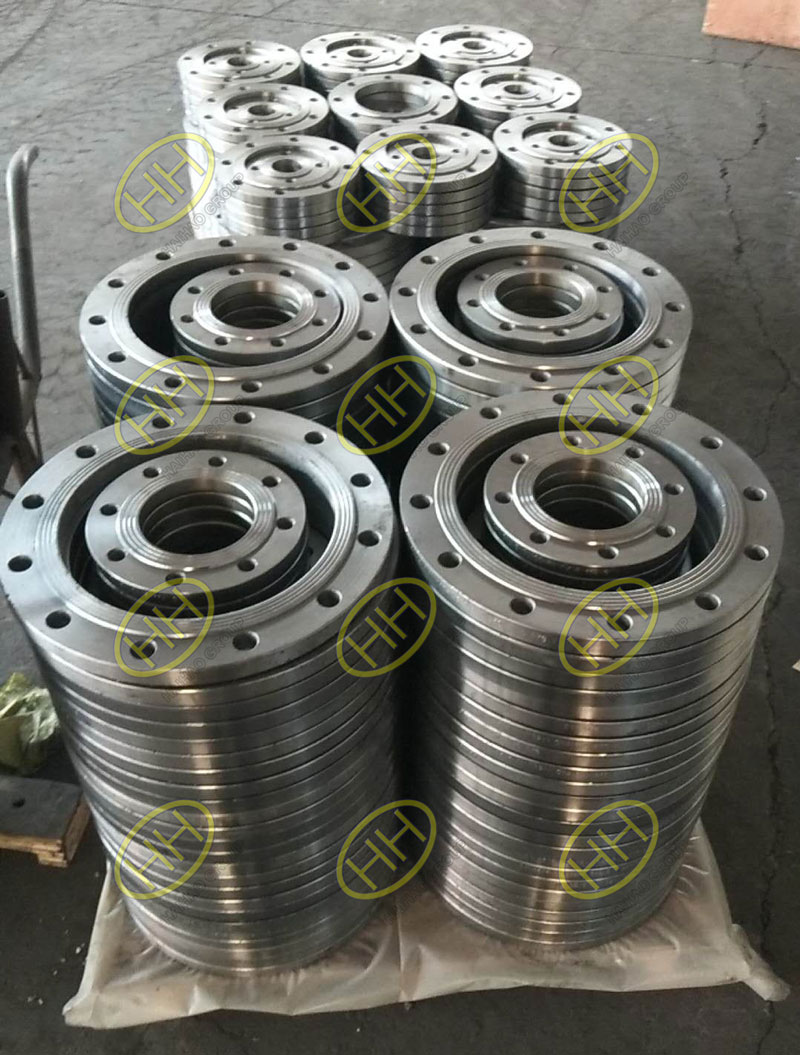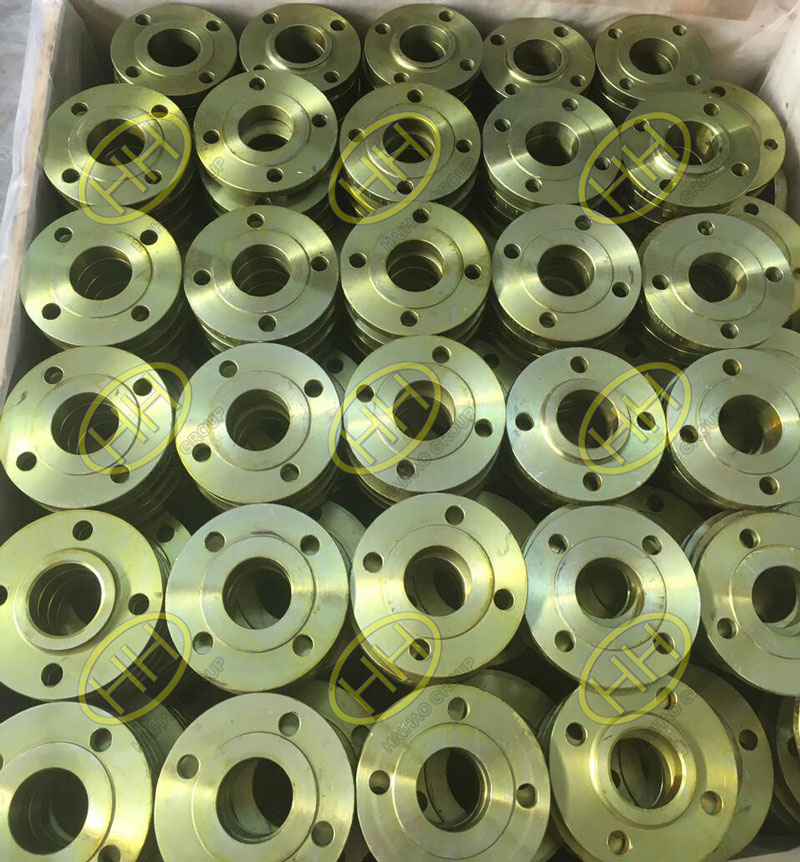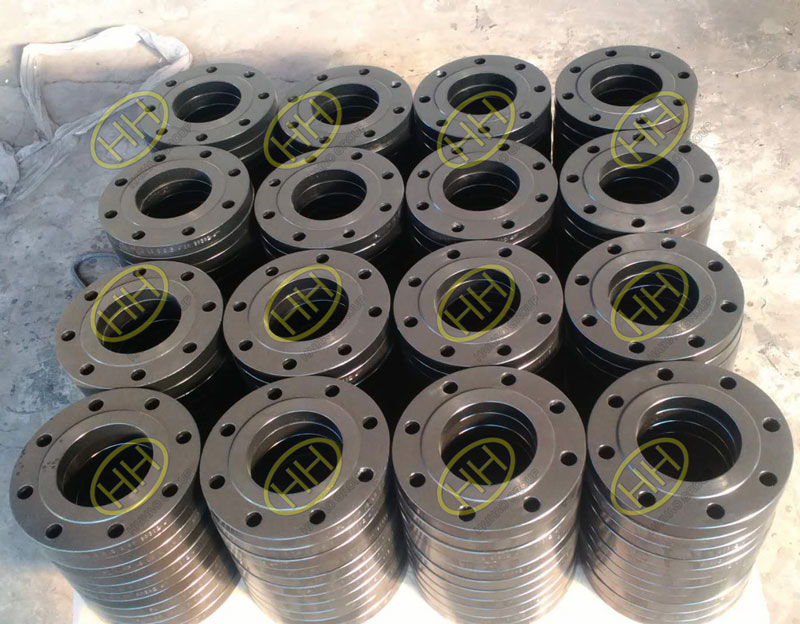Benefits of using slip on flanges
At the heart of industrial piping systems, the slip-on flange stands out as a versatile and efficient component. Let’s delve into the characteristics, advantages, disadvantages, applications, and points of distinction that make the slip-on flange a crucial element in various engineering setups.
1.Understanding the slip-on flange:
The slip-on flange, as the name suggests, easily slips over the end of a pipe and is then welded in place. It features a slightly larger inside diameter than the outside diameter of the pipe, allowing for straightforward alignment and welding.In addition to ANSI B16.5, the ASME B31 series of codes and standards, such as ASME B31.1 for power piping or ASME B31.3 for process piping, may provide additional guidelines and requirements for slip-on flanges used in specific applications.The pressure class or rating of slip-on flanges varies based on the specific design requirements. Common pressure classes include 150, 300, 600, 900, and 1500.
2.Advantages of slip-on flanges:
Easy Installation: The slip-on design simplifies the installation process, making it a preferred choice for projects with time constraints.
Cost-Effective: Compared to some other flange types, slip-on flanges are often more budget-friendly, providing cost-effective solutions without compromising performance.
Ideal for Low-Pressure Systems: Best suited for low-pressure applications, slip-on flanges offer reliable performance in environments where high pressure is not a critical factor.
3.Disadvantages:
Limited Pressure Handling: Not recommended for high-pressure systems, as the welding may not provide sufficient strength compared to other flange types.
Weld Quality Matters: The integrity of the weld is crucial for performance. If not welded correctly, it may lead to leaks or compromised structural integrity.
4.Applications:
Slip-on flanges find their niche in various industries, including:
Chemical Processing Plants: Suitable for applications where the emphasis is on chemical compatibility and moderate pressure.
Water Treatment Facilities: Commonly used in water and wastewater treatment systems due to their ease of installation.
Low-Pressure Piping Systems: Ideal for systems with lower pressure requirements, such as ventilation and drainage systems.
5.Points of Distinction:
Versus Weld Neck Flanges: Unlike weld neck flanges, slip-on flanges are easier and quicker to install but may not provide the same level of structural support in high-pressure applications.
Versus Threaded Flanges: While threaded flanges offer ease of assembly and disassembly, slip-on flanges provide a more secure and leak-resistant connection.
The slip-on flange emerges as a practical and economical choice for various applications. Its ease of installation, cost-effectiveness, and suitability for low-pressure systems make it a valuable component in the realm of industrial piping. However, careful consideration of pressure requirements and welding quality is essential to ensure optimal performance. Choose the slip-on flange for seamless integration and reliable results in your piping projects.




